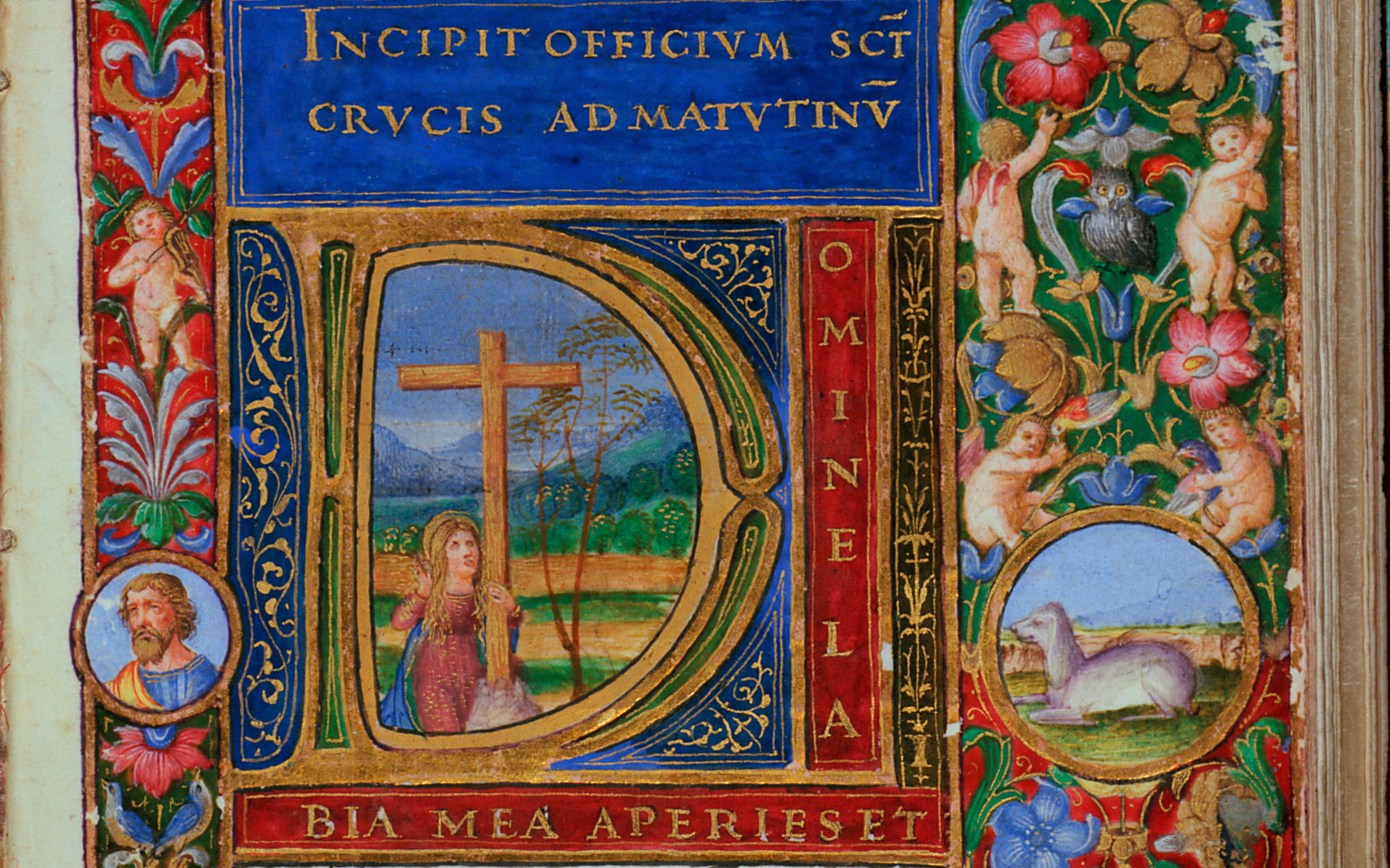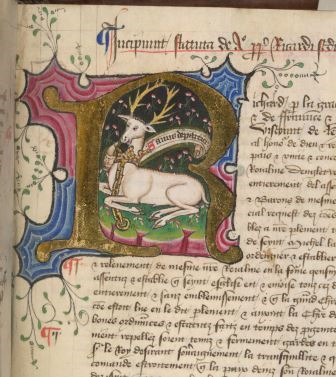

The site will be available to everyone on the research team, including the students who will share in the research and have the ability to enhance, challenge and add information. Researchers also will be able to readily compare multiple images and texts to see how they vary from manuscript to manuscript. That includes enlarging an image or text, separating lines of text, zooming in on images for close analysis of color and technique, and the ability to add annotation, transcriptions or glossary notes about the manuscript that can be shared with others.

With our platform, you can do the same thing to each manuscript." And some allow you to blow up the image and others don't. Not all digital sites are equal in terms of the research capabilities they allow, McGrady said. The goal of the new electronic research environment is to bring together the various manuscripts on the same, seamless platform that will allow the manuscripts to live on the site or to be imported from another digital site to take advantage of digital research capabilities customized to address the content that will be offered. "Although the almost 30 manuscripts to be studied are scattered in various libraries, grant participants will be able to work on them simultaneously," McGrady said. The use of technology will allow us to create new types of questions and new types of research."Īlbritton manages a collaborative digital library effort for sharing medieval materials to support a variety of tools being developed at Stanford and elsewhere that will be used to work with digitized manuscripts, which reside at numerous institutions including the Bibliothèque nationale de France, Westminster Abbey Library, the e-codices project based in Fribourg, Switzerland and the Roman de la Rose Digital Library, a collaboration of Johns Hopkins University and Bibliothèque nationale de France. "They are interested in engaging scholarship through technology. The two-year grant is part of a "cluster of products funded by the Mellon Foundation that deal with medieval projects," McGrady said. It will also facilitate new intellectual and creative ways to use information technology as a tool for humanities research." "It will enable the College to continue to build its leadership position in digital humanities. "This grant is a testament to Deborah McGrady's distinguished work and to the strength of our French department," said Meredith Jung-En Woo, Buckner W. Mellon Foundation will allow University of Virginia faculty and graduate students and 10 scholars from other institutions to collaborate through the use of technology on the study of authorship of anthologies as expressed in the manuscript copies of the late 14th-century poet and composer Guillaume de Machaut.ĭeborah McGrady, associate professor of French in U.Va.'s College of Arts & Sciences, and Benjamin Albritton, digital medieval projects manager at Stanford University Libraries and an expert in the music of Machaut, are co-primary investigators for the grant. But comparing the various versions of the works, which are scattered in libraries throughout the world, can be difficult.Ī $70,000 grant from the Andrew W. Over the years, this has led to humanities studies focused on various aspects of authorship and an author's involvement in the hand copying of the work as presented in each manuscript or publication.

Reproduction was by hand and scribes often took liberties and interjected changes. JMany, but not all, late medieval manuscripts had known authors, but those writers were not always directly involved in the production and distribution of their work.


 0 kommentar(er)
0 kommentar(er)
